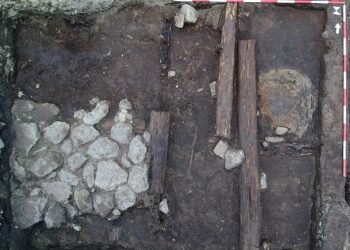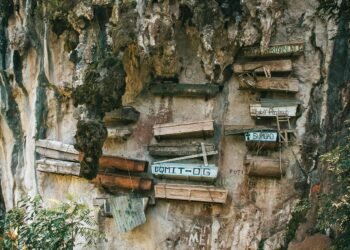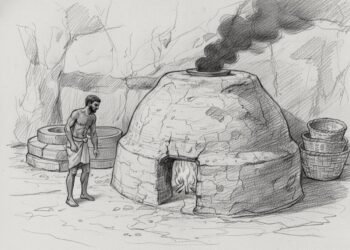Researchers from the Department of Ancient History and Archaeology at the University of Madras have unearthed a neolithic child burial site in Chettimedu Pathur village, approximately 77 kilometers from Chennai, Tamil Nadu. This remarkable find is believed to date back to 2500 BCE to 3000 BCE.
The excavation, led by Jinu Koshy, in-charge of excavation and professor in the department, and J Soundararajan, associate professor and head-in-charge, began on February 5th following the discovery of material remains triggered by soil erosion and human activity. The site, situated atop a small habitation mound, yielded a treasure trove of artifacts spanning five distinct cultural periods, from the Neolithic to the Medieval period.
 Among the significant findings was the child’s grave, a rarity in Tamil Nadu’s archaeological record, indicative of sophisticated burial rites and cultural practices dating back to the Protohistoric period. The child, estimated to be between 9 to 11 years old, was laid to rest with the body oriented north-south and facing west, a tradition observed since ancient times.
Among the significant findings was the child’s grave, a rarity in Tamil Nadu’s archaeological record, indicative of sophisticated burial rites and cultural practices dating back to the Protohistoric period. The child, estimated to be between 9 to 11 years old, was laid to rest with the body oriented north-south and facing west, a tradition observed since ancient times.
Accompanying the burial was a pot, typical of Neolithic pottery styles, further underscoring the ceremonial or cultural significance attached to the burial practice. This discovery challenges previous assumptions about the region’s archaeological landscape, particularly regarding the presence of burnished wares, which were previously unreported in Tamil Nadu.
Jinu Koshy remarked, “Only a few neolithic sites have been reported so far, and burnished grey ware was not found. At this site, we found burnished grey ware with a burial which is very rare.” The presence of burnished wares opens new avenues for understanding technological advancements and cultural exchange during the Neolithic period in South India.
The excavation site, divided into four trenches, revealed a complex cultural sequence. Preliminary analysis suggests that the layers correspond to five cultural periods: complementary period, Chola period, Sangam period, Iron Age, and Neolithic period.
The variety of artifacts found at the site enriches our understanding of early human social structures, beliefs, and practices in the region.























